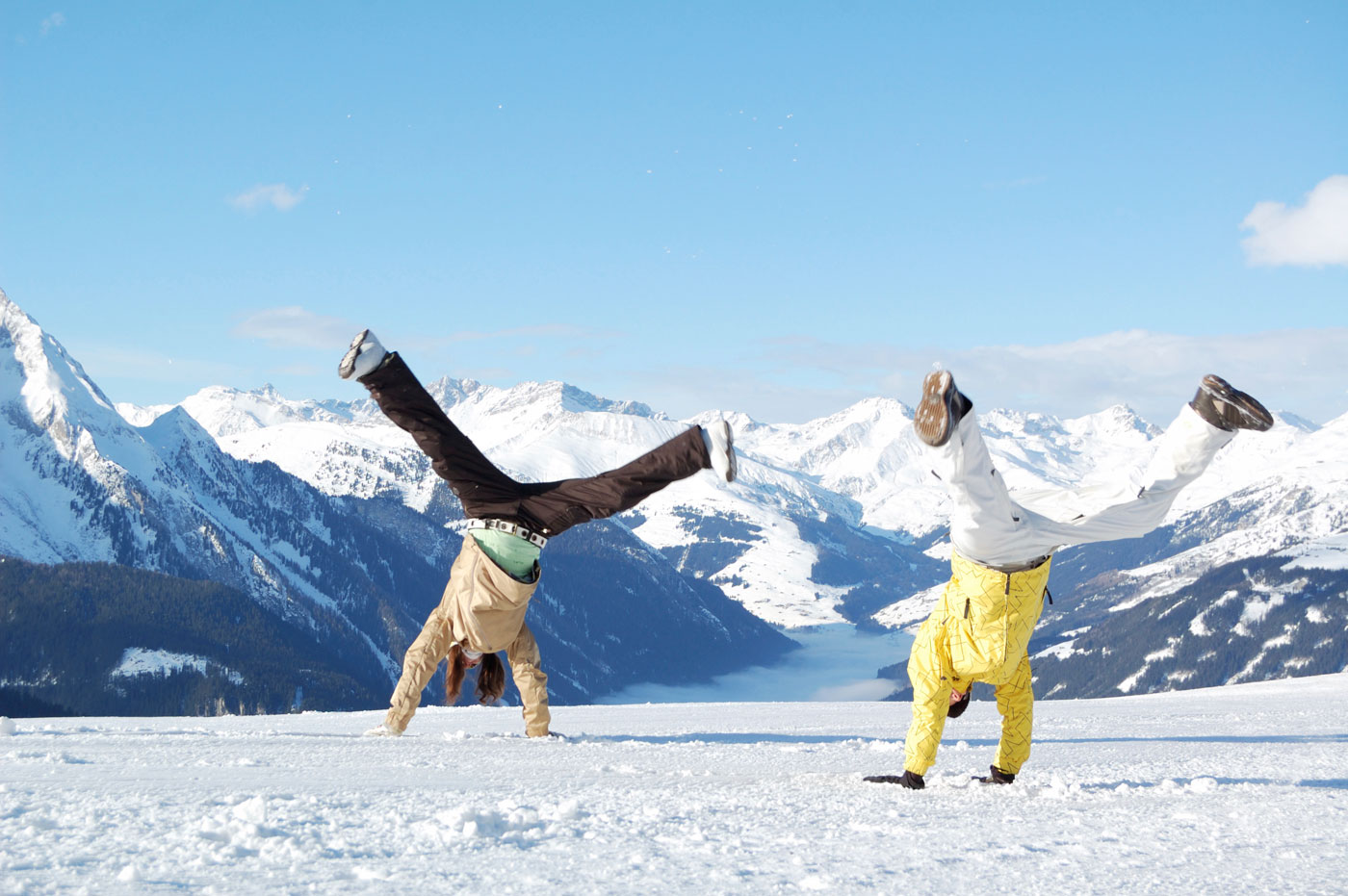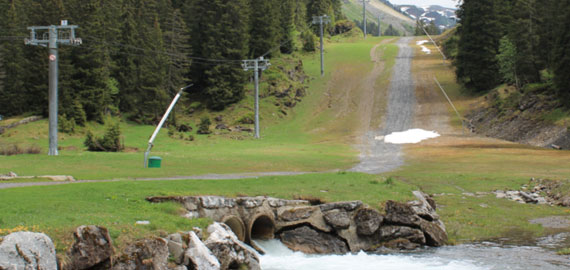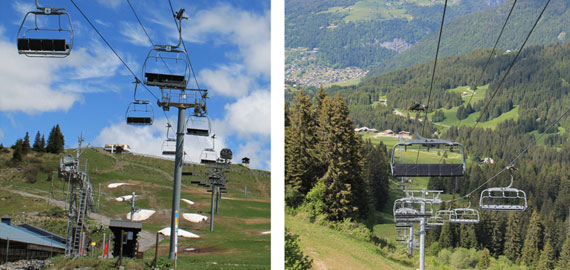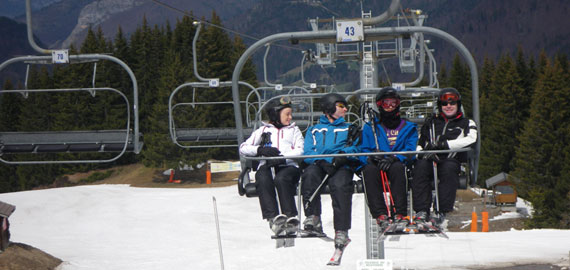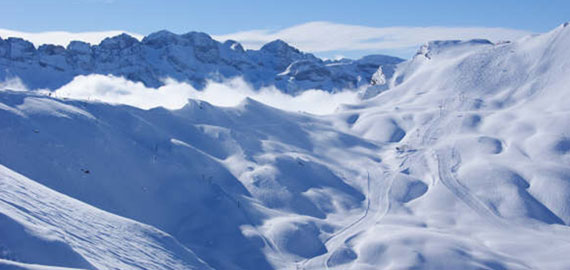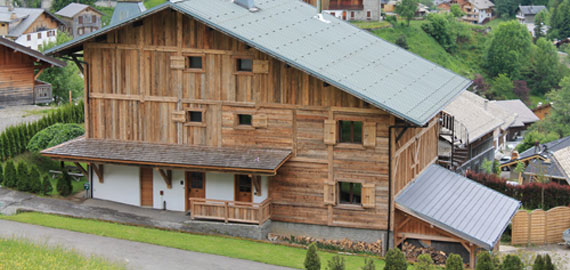As with all tourism activities, winter sports have had a range of impacts on the destinations in which they take place. One of the major environmental impacts has involved the removal of trees and smoothing out the landscape to make suitable ski runs called pistes. These can be seen particularly clearly when there is no snow lying on the ground in the spring and summer months.
Snow-making equipment, trees removed to form pistes and lift equipment all add to the negative environmental impact in winter sports destinations.
Pylons and cables used to provide chair lifts have a negative impact on the landscape of mountain areas. A number of other negative environmental impacts have been identified in winter sports resorts. These include:
- Litter and other items dropped from chair lifts could harm animals and takes a very long time to degrade.
- Global warming has meant that snowfall is less reliable in lower altitude resorts and the use of artificial snow has increased. Making artificial snow uses a great deal of water and energy, and in the past chemicals were added to help produce snow crystals.
- Wildlife habitats are disturbed throughout the winter season by skiers and maintenance work and ecosystems have been affected by the development of ski runs and lift machinery.
- Also, increased temperatures have meant that some high altitude areas which are environmentally sensitive have been developed for winter sports.
Some environmentally sensitive high-altitude areas above the tree line have been developed for winter sports.
A range of negative social, economic and cultural impacts have also been identified in winter sports resorts. A great deal of employment is created during the winter sports season. However much of this employment is relatively low-skilled and low-paying. Also, in some resorts outside workers have to be hired because the local workforce cannot fill all of the jobs.
Some resorts in Alpine areas have experienced the 'displacement effect' with local people being unable to afford property because prices have been forced upwards by tourists buying second homes. Absentee ownership means that some resorts have a very small population out of season and services suffer.
Full Screen
EVIDENCE LOG 2
You can also write your final findings in Evidence Log 2 - Negative aspects of winter sports.
The view below is of typical Alpine scenery with fir trees in the foreground and patches of snow on the mountains in the distance. Look closely and you can see the high-altitude resort of Avoriaz, which blends into the landscape, or does it?
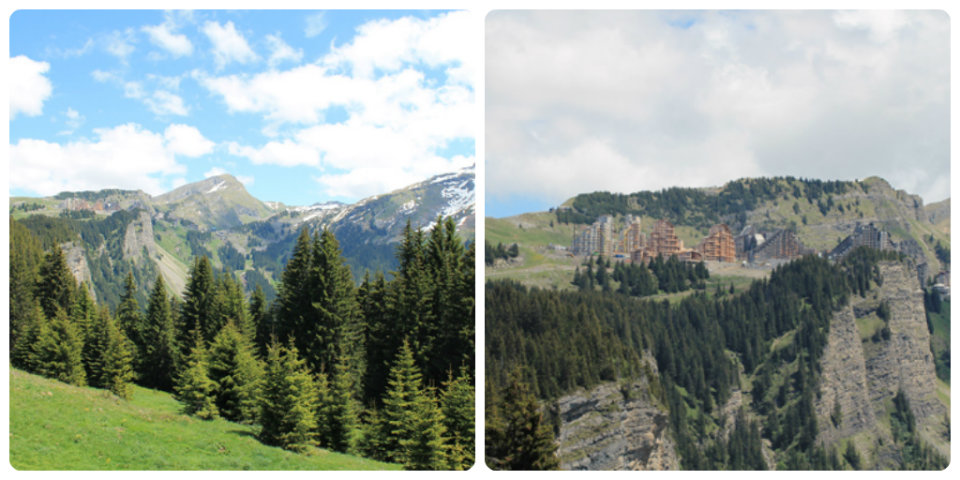

Full Screen
